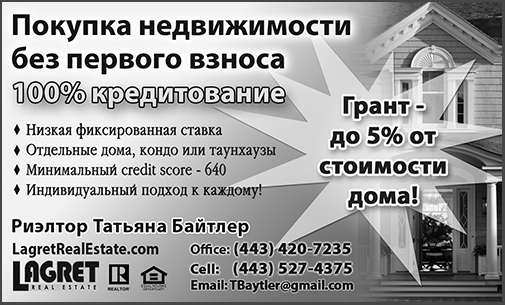Selling a home is a business -- take the personal out of it
- Sellers should keep the home in a ready-to-show state, which means toning down decor, cranking the air conditioning and turning up the lights.
The sellers have decluttered, painted, made repairs and spiffed up the landscaping. The curb appeal is at its best. After the long process of getting the home listed, the for sale sign is up. Now what?
Here are 11 things your sellers should do once they’re ready to get their home sold once and for all.
1. Never turn down a showing
Remember the Murphy’s Law of real estate: Whenever it is inconvenient, the appointment center will call. Try your best to accommodate all showings.
Every showing could be “the one.” Some buyers cannot, or will not, reschedule. The more buyers who see your house — particularly, right after it hits the market — the quicker it will sell.
2. Leave the lights on
Why switching websites is more costly than you think
Shiny new tools appeal, but they have hidden costs Buyers decide within 30 seconds if they like a house. Opening the door to a welcoming and cheery bright room impacts a buyer’s emotions.
On the flip side, a room with low light and shadows is a little gloomy. It makes you hesitate to enter. Many buyers ask for houses that are bright with sunlight.
If a house is not particularly “light filled,” $20 IKEA-type floor lamps can work wonders. Even if you are at work all day, it pays to leave plenty of lights on. The cost is low, and the effect is major.
3. Crank that air conditioning
If you’ve got it, flaunt it. On a hot day, that air conditioning might be just the feature that gets the buyers to make an offer.
4. Humor the nosy neighbors, and invite them in
Neighbors are naturally curious to know all about your sale. Count on them to show up at the open house. Chances are good that someone in the neighborhood knows someone who might be the perfect buyer for your house.
Facebook, Nextdoor posts and the neighborhood grapevine all help get the word out that your house is for sale.
5. Stay ‘show worthy’
The cleaning and decluttering never stops. Cooking smells, pet odors, wet towels in the bathroom — all signs of normal life need to go.
Keep empty laundry baskets ready for quick room sweeps before showings. Pick up toys, mail, toasters, cereal boxes — anything taking up space on horizontal surfaces. Hide the laundry baskets under the bed, in the garage or in your car.
6. Fido can cost you $10,000
That is no exaggeration. Sellers cancel showings every day because they can’t get home to walk the dog.
Putting off showings means days on market (DOM) quickly accumulate. If a house does not sell in 30 days, buyers take that as a signal to offer less than asking.
The price of doggy daycare pales next to a $5,000 or $10,000 price drop.
7. Tone down the kids’ rooms
It pays to minimize the Star Wars and princess decor — no matter how well-done. Orchid colored walls, music star posters and stuffed animal collections broadcast that you are selling a “used” house.
Even an adorable baby room that is too “precious” can hurt a sale. Keep decor and furnishings as minimal and neutral as possible.
Let the kids dream of decorating their new rooms in the new house in return for letting you box up and store their decor.
8. Keep your stuff safe
In 18 years as a Realtor, I have never known sellers who have had items stolen at a showing or open house, but it can happen.
Don’t create temptation by leaving cameras on the coffee table, diamond earrings on the dresser or prescriptions in the bathroom.
Buyers will read the paperwork that you leave out. They will open your medicine cabinets and closets. Guns should be unloaded and locked up. Hiding a gun in the back of the closet is not secure.
9. Don’t get sued
Get rid of tripping hazards, like small rugs. Make sure flooring is not loose or uneven –particularly on stairs, porches and decks.
Mark “half steps” that are hard to see with tape or some shiny indicator. Pick up stray toys.
Use mats, and put towels down when it rains. Shovel ice and snow. Sounds obvious? Many sellers don’t bother.
10. Make yourself scarce
Innocent questions from buyers can cost you. If they ask “Who cleans your chimney?” — you’ll have to admit that you haven’t had it cleaned for 10 years.
If they ask about the neighbors, what do you tell them about the crabby woman next door who complains about your kids?
Chatting with buyers is more likely to hurt the sale price than help you sell.
11. Don’t let buyers make you nuts
Buyers can be inconsiderate. They come late for appointments, or they don’t show up at all. They make offhand comments about the home that can hurt the homeowners’ feelings.
Selling a home is business. The agent should handle the buyers until it is time to hand them the keys.



 RSS Feed
RSS Feed
